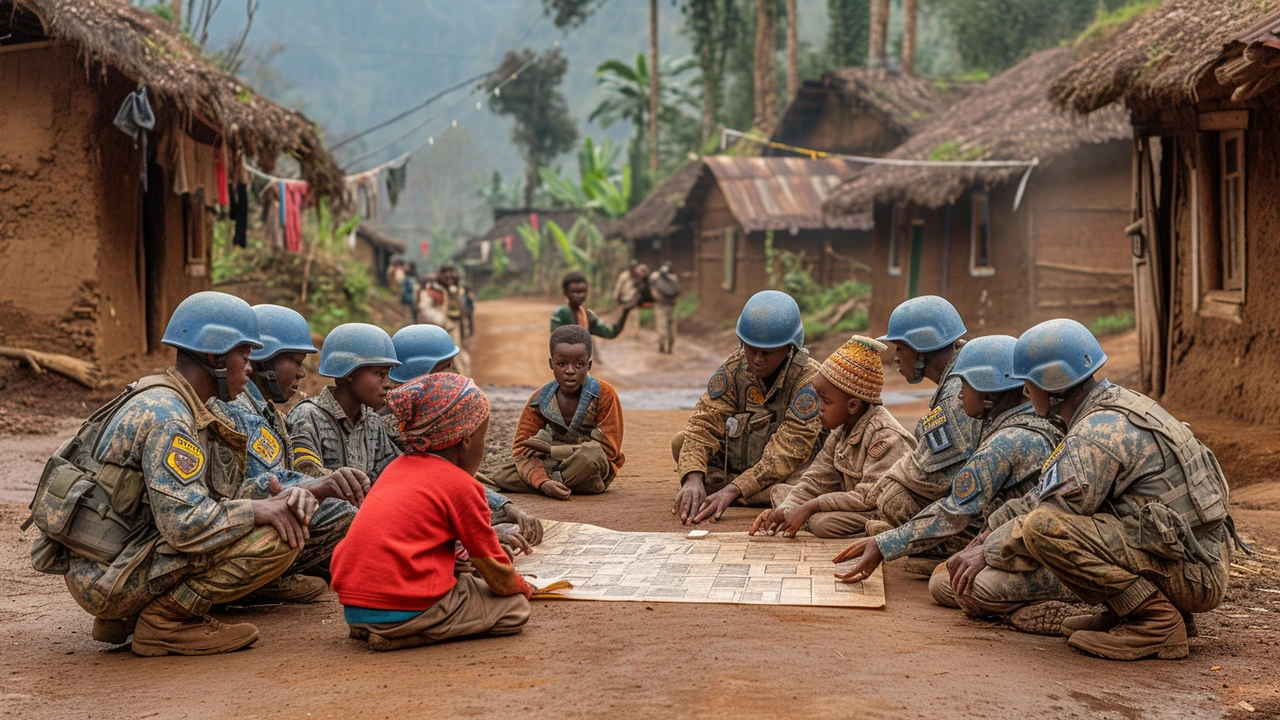Gender equality matters in peacekeeping not as a buzzword but because it changes outcomes on the ground. When missions include women and use gender-aware approaches, they spot protection risks sooner, build trust with local communities, and get better information. This page gives clear, practical steps you can use if you work in policy, run a mission, or want to hold actors accountable.
First: women peacekeepers reach people male teams often can’t. Women can talk to other women and children, gather different kinds of information, and support survivors of gender-based violence. Second: missions that plan with gender in mind design safer camps, better patrols, and services that actually match community needs. Third: having women in leadership improves decision-making. You get more perspectives and fewer blind spots.
There are clear barriers, though. Many countries sending troops have few female personnel. Training often ignores gender issues or treats them as optional. Commanders may see gender work as extra paperwork rather than mission-critical. Those gaps cost time, money, and lives.
1. Recruit and keep more women. Set realistic targets for female participation, support childcare or family leave where possible, and create mentoring inside contingents. Even small changes in policy can raise numbers over time.
2. Train everyone on gender from day one. Short, focused training for troops, police, and civilian staff should cover how to identify gender-based risks, how to interview survivors safely, and why gender data matters. Repeat the training during rotations so it sticks.
3. Use simple gender analysis in planning. Ask who benefits and who is at risk when you plan a patrol route, a camp layout, or a local meeting. Collect sex- and age-disaggregated data so you know which groups are reached and which are left out.
4. Put women into decision roles. Make gender advisors part of the planning team, not an afterthought. Give them access to commanders and the budget needed to implement solutions.
5. Build community links with a gender lens. Work with local women’s groups and leaders. They will point out dangers and solutions that outsiders miss. Supporting local initiatives often costs less and works faster than top-down programs.
6. Measure results, not just inputs. Track whether services reach women and girls, whether reports of violence go down, and whether women join local governance. Use those indicators to adjust plans quickly.
Small, steady moves add up. Gender equality in peacekeeping isn’t about charity or optics — it’s about making missions safer and more effective. If you lead a unit or influence policy, try one change this month: add a brief gender check to your next patrol plan or ask your team for a short list of local women’s groups to contact. That one step will start a chain of better choices on the ground.

As a passionate believer in gender inclusion, I'm thrilled to delve into the crucial role of women in peacekeeping. Women's presence on the peacefront has been transformative, fostering empathy, reducing violence, and driving solutions rooted in community needs. But we've only scratched the surface. Let's further explore how empowering women in peacekeeping efforts leads to sustainable peace and reconciliation. Join me as we spotlight this remarkably understated aspect of gender equality.
